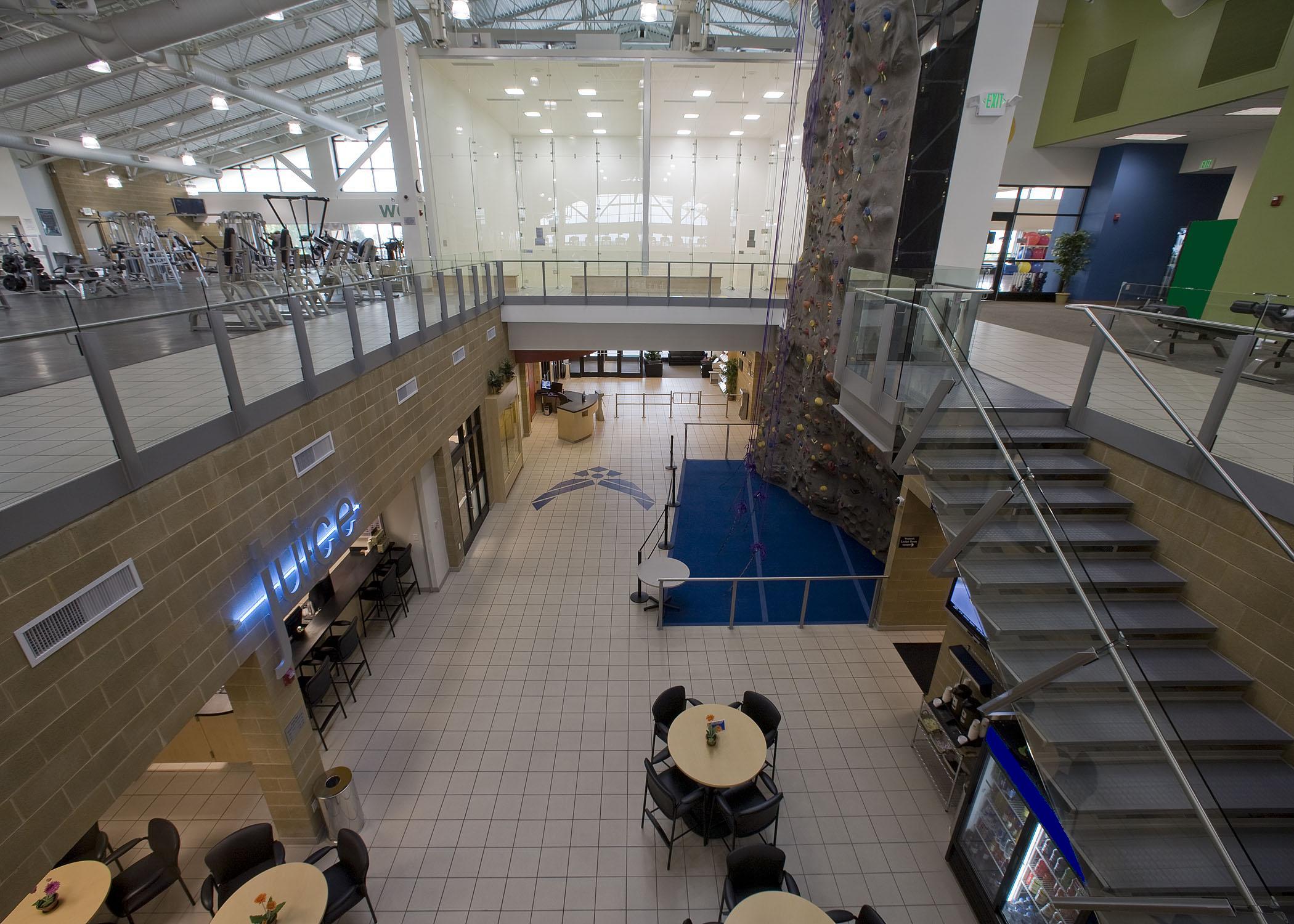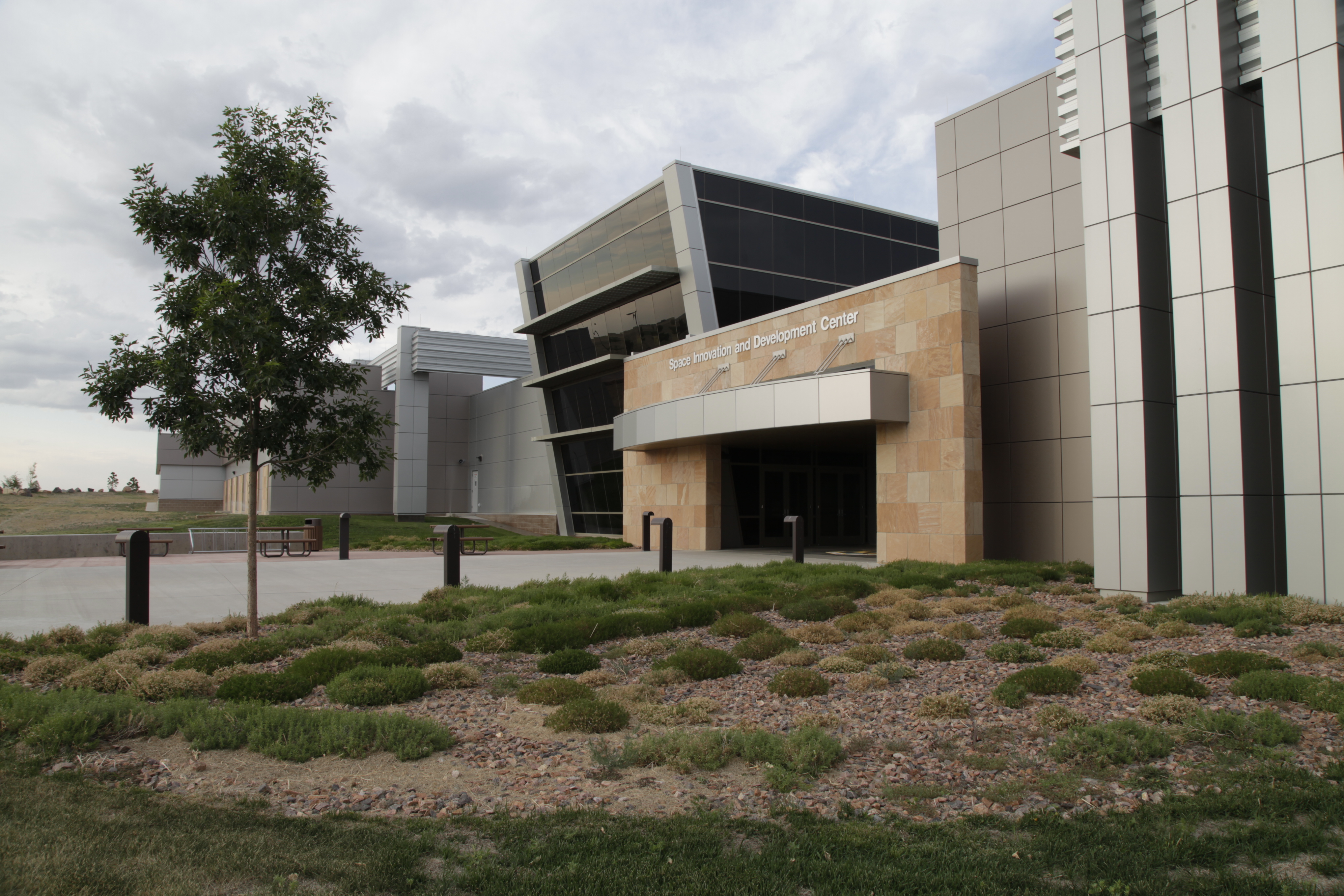Issue 2 of 2015
Over the past decade alone, the U.S. Air Force has spent hundreds of millions of dollars on new buildings, ranging from dormitories and fitness centers to fully secure operations facilities. However, navigating through the myriad of regulations and criteria related to Air Force facility construction can slow down the process, so it makes sense that nearly 80 percent of military projects are completed using design-build project delivery. This method is proven to speed up project completion, reduce cost growth and increase owner satisfaction. The new enterprise-wide Air Force Corporate Facilities Standards (AFCFS) make building for the Air Force even easier and faster by providing a catalog of standard facility types, which all meet Air Force regulations. Designers and builders can use the pre-approved 3D modular parts to speed up the delivery process while ensuring consistency in performance and quality across all Air Force facilities.
Air Force Regulations
While necessary for building safety and mission-readiness, regulations and criteria related to Air Force facility construction can slow down the construction process. In particular, Air Force regulations which are project-specific or facility-specific can cause headaches for project teams as they put together designs.

“From now on, once we initiate a design-build contract, the RFP will direct prospective proposers to the AFCFS website and the applicable criteria documents,” explained Randy Lierly, the Air Force architect. “For projects done on a repeat basis like dormitories, fitness centers or visiting quarters, it’s easy to provide building design guidance that conforms to federal regulations, such as the Architectural Barriers Act (ABA) Standards for accessibility and the National Fire Protection (NFPA) Life Safety Code. Additionally, this website is intended to provide more tailored Department of Defense and Air Force-specific guidance and criteria, both for our internal programmers and the end users as they develop facility requirements, as well as for firms bidding on these new projects. This way the documents and models update in real time as new regulations are finalized.”
AFCFS will ultimately include four main sections in a web-based publication: Facilities Exteriors, Facilities Interiors, Installation Development and Site Development. It will serve as the primary access point for Unified Facilities Criteria, Air Force Instructions and other Air Force criteria, and define Air Force standards and corporate expectations with narrative and photographic samples. It will provide material performance standards that meet the acceptable range of visual quality, durability and use of resources for Air Force facilities. Additionally, as those standards develop and improve over time, they will be updated in the system.
Dynamic Prototypes Program
The AFCFS website serves as a portal to the Dynamic Prototypes Program, which provides modular 3D parts of various facility types that can be assembled to jump start many project designs. The models are available in commercially available Building Information Modeling (BIM) software, and are created using a “kit of parts” approach where functionally related spaces are grouped together into usable standard modules.
The program helps designers by providing accurate and well-developed early designs that meet Air Force regulations. The models produce accurate quantity take-offs and get down to specifics, including recommended square footages. These features help clients and end users visualize the final product with accuracy, helping the owner to make informed decisions about the proposed project.
For building contractors, there are other advantages to the dynamic prototypes program. It enables pre-fabrication of different components and improves coordination in construction sequencing. It also provides accurate cost estimates and materials quantities, which helps to identify possible construction conflicts.
“The dynamic prototypes provide a lot more than simply the graphics,” Lierly explained. “The BIM models contain all of the elements of the facility with a lot of data associated with it in terms of the materials being used. The structural, mechanical and electrical data will help the contractor because the information and data is built into the model which provides a much better starting point for the designer and constructor.”
Similar Goals for AFCFS and Design-Build
The AFCFS is also intended to foster and inspire solutions that lower initial and lifecycle costs by reducing energy and water use and minimizing maintenance requirements. When designers, engineers and constructors are working separately, there is little communication or common understanding of the owner’s goals. But in a design-build project using AFCFS, everyone comes together to view the same standard-approved documents and models, so it’s easier to realize opportunities for innovation, system integration and sustainable design possibilities.
At its core, BIM is a visualization tool, a detailed database and a communication aid to enhance collaboration of the project team. These three core attributes have particular significance for the design-build process as a collaborative project delivery method. Shared visualization, data quality and clear communication are fundamental expectations of design-build because of the alignment of contract vehicles under one entity.

Space Innovation and Development Center Schriever Air Force Base Colorado Springs, CO
Scott Saunders, PE – Senior Vice President of Architecture and Engineering for Erdman – says, “BIM provides a platform for integrating the entire design-build process from design, to procurement, through construction, and finally facility management. This set of tools is best leveraged in the single contract environment of design-build where the BIM model can be used for the common good of all parties throughout the process. It’s a win-win for everyone.”
That’s why the Air Force Dynamic Prototypes program is so intriguing from a design-builder’s perspective: its value is actually even greater on design-build projects. Saunders continued, “in a design-bid-build world, BIM becomes just a different CAD tool for the designer to create construction documents, RFIs and change orders, which can add new questions about who ‘owns’ the model content.”
The Air Force Corporate Facilities Standards emphasize the cost- and time-saving efficiencies of a holistic, comprehensive approach to design through which individual systems are fully integrated from inception through design. Since design-build project delivery offers those same benefits, using the delivery method for Air Force projects may about to be an even smarter choice.
